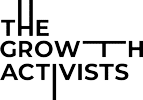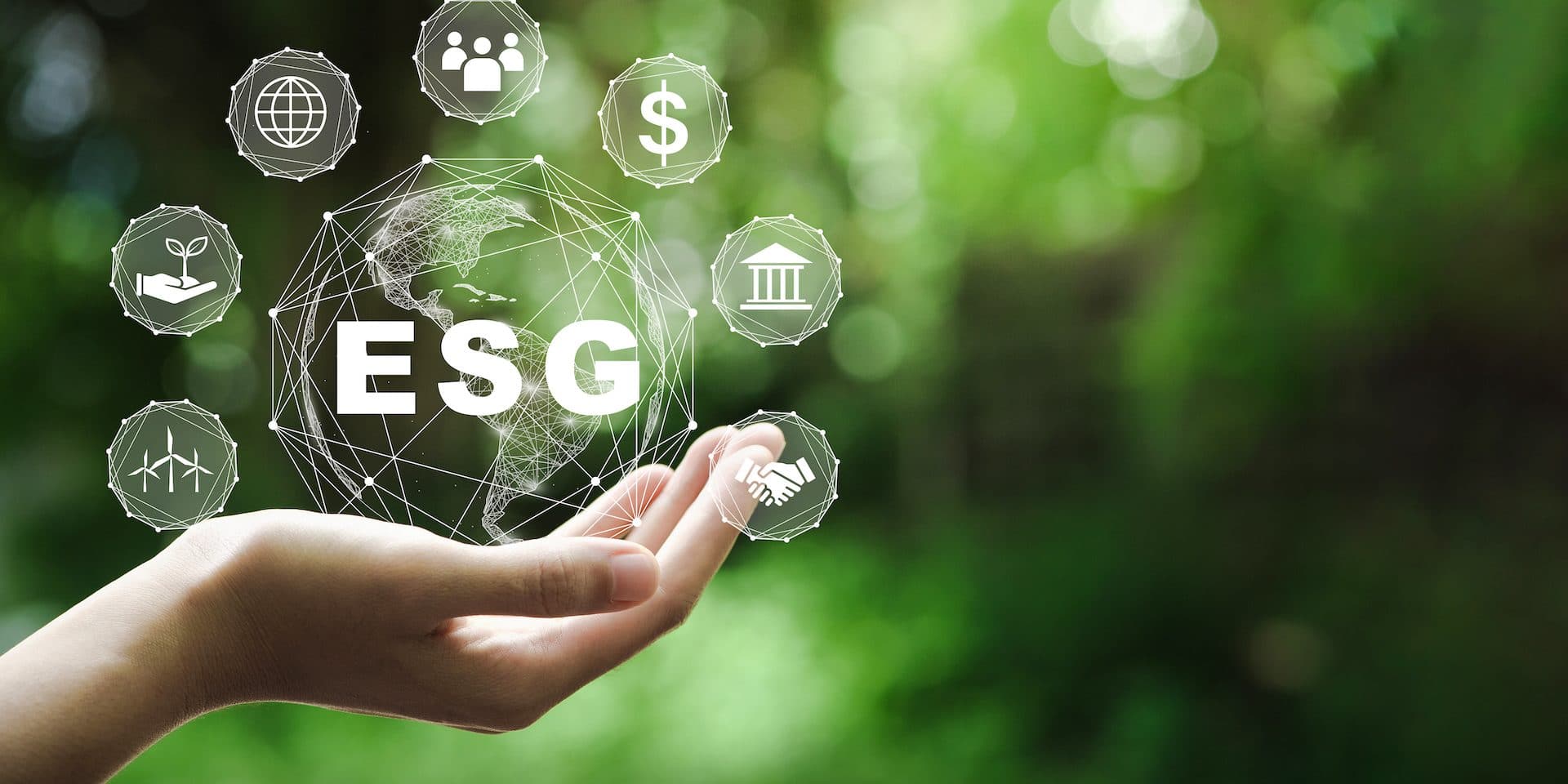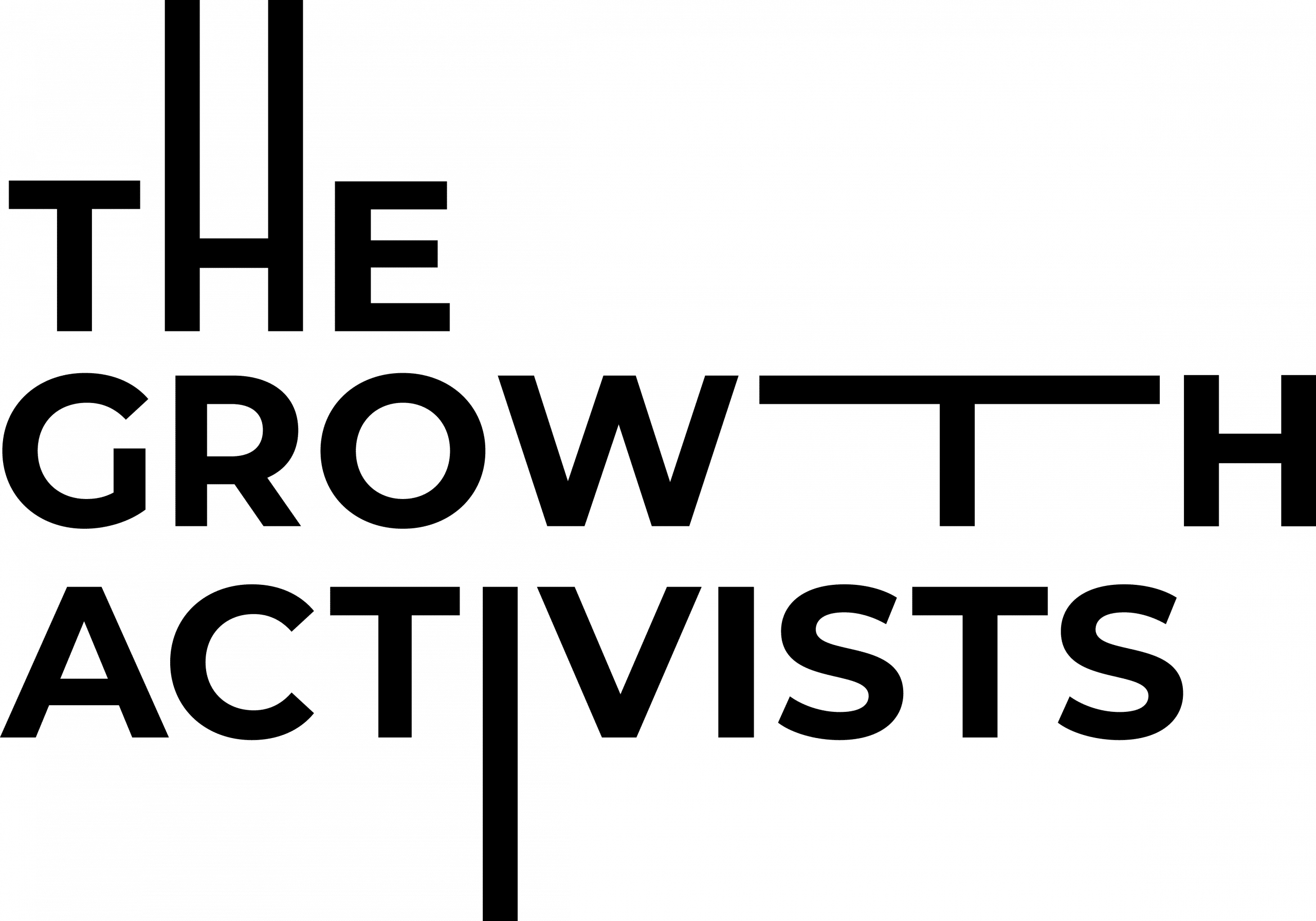6 things to consider for your Sustainability Transformation
Sustainability Transformation is needed now
Today, to stay competitive, every organisation needs an Environment, Social and Governance (ESG) strategy. Not just for the social and environmental sustainability benefits, but for long term business sustainability too. It is now an integral part of how we do business and something that stakeholders expect. Many organisations already have ESG initiatives implemented into the core of their business. The next step is to share the message and communicate your Sustainability Strategy to your internal and external stakeholders.
By aligning with stakeholder values, effective sustainability communications creates loyalty with existing customers and employees and attracts investors and potential talent to the business. Research clearly shows that value alignment is one of the most important reasons for a potential employee to look at a role.
“With modern capitalism turning away from focusing only on profit for shareholders, to considering the effect on people and planet, it is vital that organisations consider multiple stakeholders. The operations of a business have a material impact on customers, shareholders, employees, community and the environment. An integrated sustainability communications strategy ensures that you leverage the good work you are doing in the ESG space, to both internal and external audiences.”
Phil Brown, Partner and B Corp Consultant at The Growth Activists
6 Things to Consider for Your Sustainability Transformation
1. Why you need to communicate your sustainability initiatives
A sustainability comms strategy allows you to drive change from within. And showcasing your sustainability initiatives to internal and external audiences, with an integrated comms strategy provides some key and immediate benefits:
- Increases employee engagement, loyalty and retention
- Attract new talent that are aligned with your company’s values
- Improve customer retention
- New customer acquisition
- Improves attractiveness to investors
Both corporate and individual investors are increasingly looking for good returns and good business. More and more funds expect a robust ESG strategy as part of their selection criteria from businesses they are looking to invest in, so it is vital to communicate the good work you are doing. But it ain’t easy…
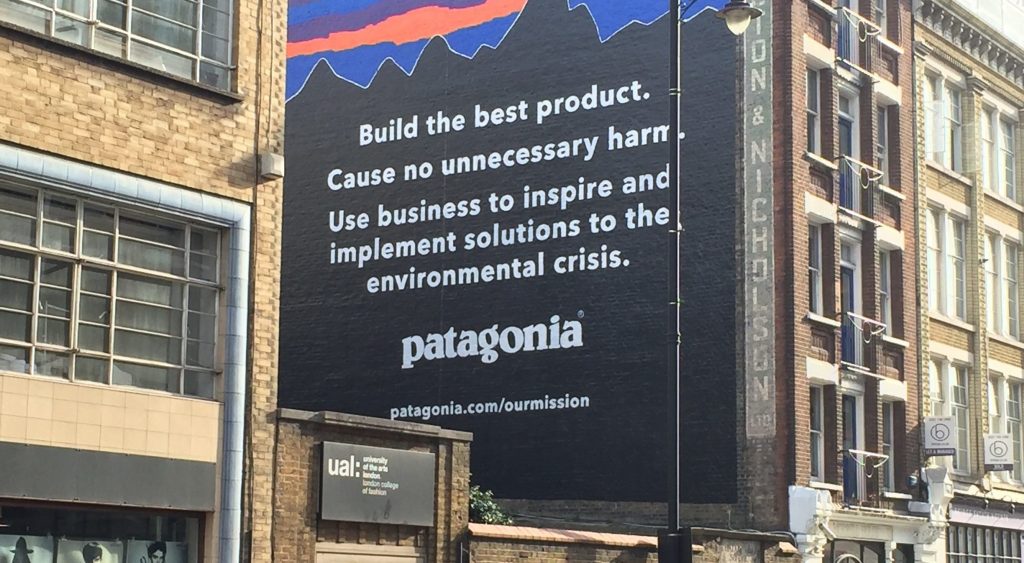
2. Embedding your sustainability strategy
With increasing expectations on businesses to implement ESG strategies, having a standalone ESG team within your organisation is not enough. It will be most effective if your strategy is implemented throughout the organisation. Sustainability objectives need to be embedded within your overall business strategy, so that they filter down to leadership and team KPIs. Your ESG strategy needs to be mandated from the top down, but implemented from the bottom up. Again it is important to communicate your sustainability message through internal comms so that the workforce is onboard. Equally as important is executive and board level buy-in to ensure sustainability becomes a cultural norm and lives in work plans.
“Employees are your first and most important advocates. They must understand your sustainability strategy for when they communicate externally with friends, family, colleagues or the general public about where they work and what they do.”
Phil Brown, Partner and B Corp Consultant at The Growth Activists
Once your team deeply understands these initiatives, they will be able to tell your sustainability story effectively.
3. Sustainability can struggle to find a foothold
As sustainability communications are relatively new to most businesses, many don’t have fully developed strategies to rely on. For sustainability teams to win the buy-in of both leadership and the wider business, they need to build a bridge into the marketing and comms team, to find a place in both the internal and external communications strategies.
Building this bridge between teams, ensures they have overlapping objectives, goals and metrics. The marcomms team then becomes part owner in making sure sustainability efforts are amplified on the best channels, creating meaning for consumers and stakeholders. It’s also important that there is space for the sustainability team to jump on ad hoc opportunities, especially if something arises in the media or social media so they can join in the conversation.
One of the most effective ways is to set up multidisciplinary teams. Find champions in the businesses that are already passionate about sustainability and bring them together as a working group tasked with the Sustainability Transformation.
4. KISS – Keep it simple stupid
There are many complexities around ESG for businesses, so it is important to simplify your message for consumers. Endless streams of information, data and analytics can be mind-numbing for even the most conscientious consumer.
So, breaking down the data into digestible information and then creating a narrative that your audience can easily absorb is vital for ESG communications. Infographics for data visualisation and video content for sharing your story are great ways to communicate complex information to your audience.
“When the average consumer hears a phrase like net-zero, it can have little to no personal meaning to them,” says Phil. “Whereas when they hear a phrase like ‘buying local’, it has significantly more substance. It packages the benefit in a more clearly defined message. Businesses need to understand what their audience values and showcase their credentials in a meaningful way.”
Rob Shwetz, Partner and B Corp Consultant at The Growth Activists
5. The environment is important but don’t forget the S in ESG
Being green is important, but black lives matter too. Caring and acting for the environment is on trend, and therein lies a shortcoming in many organisations’ Sustainability Transformations and the stories they tell about their initiatives. Since about 2015, individual and corporate investors started paying attention to not only environmental measures, but social and governance data such as labour policies, board diversity, and other social impact measures. Sustainability reports that tick the green box are no longer enough, organisations should look to reporting their impact on other stakeholders including workers, suppliers, and the communities they operate in. And then of course this provides more stories to leverage back to those same stakeholders.
6. Cut the bullshit (greenwashing)
We’ve been through a decade ofgreenwashing, when purpose and sustainability was owned by brand or marketing. This meant that whilst sustainability stories were being told, they often had little bearing on the operational social and environmental impact of businesses. Consumer activism can be quick to call out this greenwashing, turning an expensive comms campaign into an even more expensive PR disaster. When caught, the damage to brand trust is drastic. Not only does it take time and resources to rebuild the broken trust, it immediately devalues the business. Some notable examples include:
- The Earth Island Institute filed a lawsuit in the US against Coca-Cola for false advertising. Coke marketed itself as a sustainable and environmentally friendly while being the largest plastic polluter in the world
- Pepsi’s 2017 campaign featuring Kendall Jenner was pulled from the air just 48 hours after release because of crushing condemnation. Pepsi suffered nine months of the lowest perception levels Pepsi has seen in over eight years, and younger consumer’s consideration of purchasing a Pepsi remains currently at its lowest level in three years.
Five out of six Australians believe it’s important that their super fund or bank commits to reducing greenhouse emissions, and they are voting with their money and choosing financial services that prioritise ethical investment.
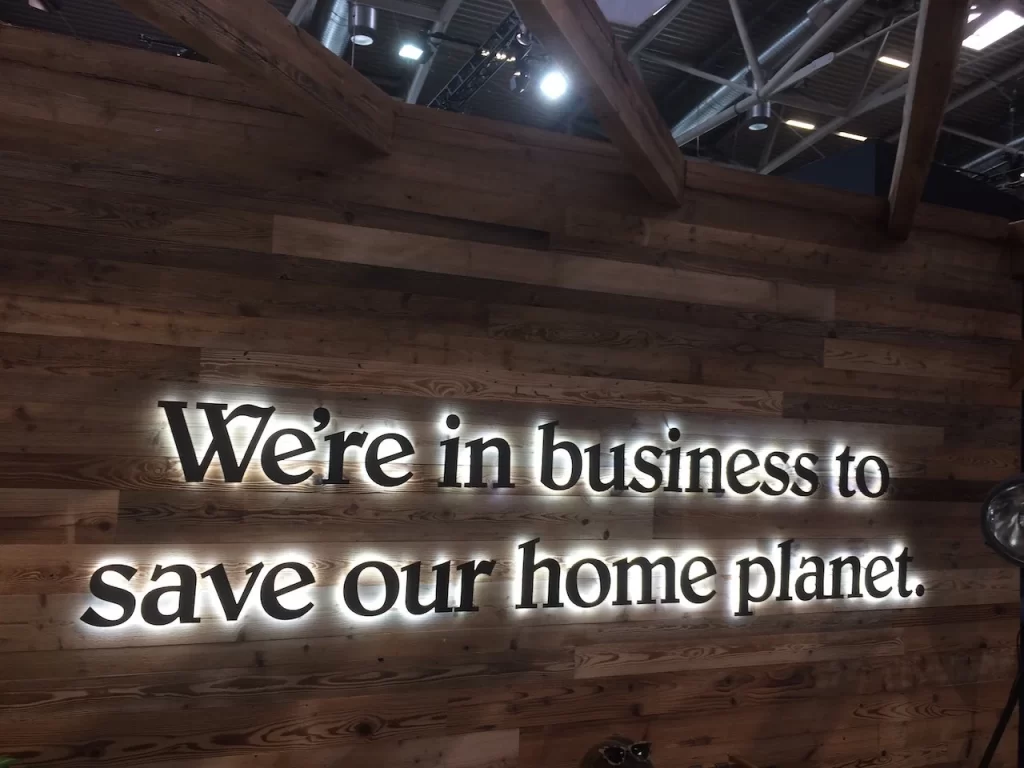
Authenticity is key to engaging both internal and external audiences. Paying lip service to ESG initiatives isn’t enough to drive change and value. One way to ensure your sustainability efforts are legitimate and authentic is to use one of the global sustainability frameworks, such as B Corp, which measures a company’s entire social and environmental impact. When a business becomes B Corp Certified, it meets the highest standards of verified performance, accountability, and transparency on a holistic range of factors, holding the organisation accountable across all operations and in the business model itself.
Sustainability Transformation is a complex journey and is difficult for one person, or even small sustainability teams to undertake. The complexity increases with the size of the business, but there is a path for SMEs and large enterprises. The space is evolving very rapidly and new technology platforms, frameworks, governance and compliance are constantly changing. But it is vital to the health of people and the planet, and to build sustainable businesses (as in long term business sustainability) that organisations embed ESG in their business strategies and operations, and communicate these initiatives to employees, external audiences and other stakeholders. Business leaders can create a legacy that benefits not just shareholders, but all stakeholders – Milton Freedman is rolling in his grave.
It is business that will lead good change for the world.
The Growth Activists can help your business become a force for good. Contact us at phil@growthactivists.com for a chat about how we can turn proactive thinking into ESG action.
